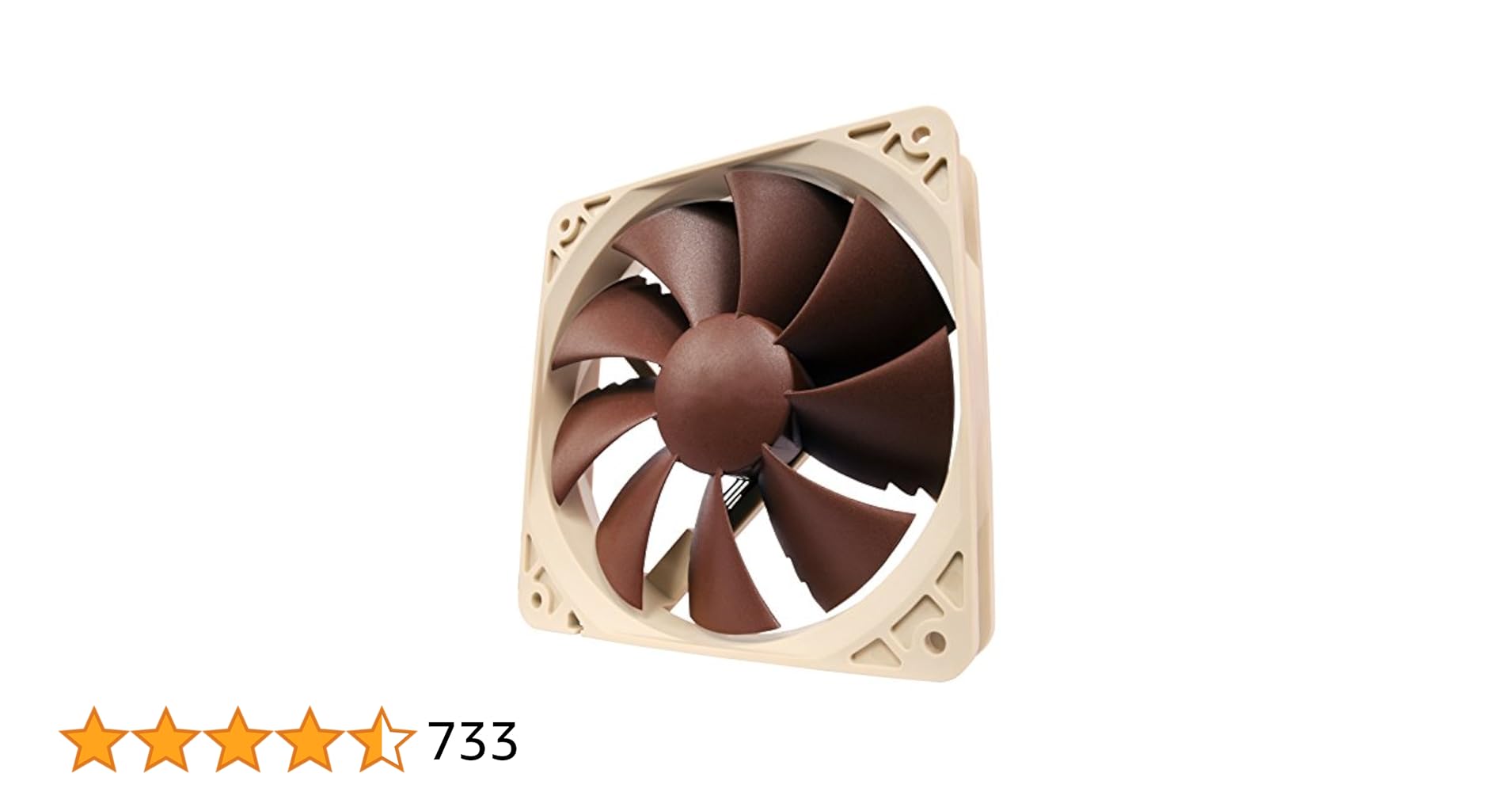Cockpit Ventilation Mode Simhub
Hallo zusammen!
Ich habe folgendes Problem.
Ich habe mir eine Cockpit Belüftung selber gebaut.
Ich bin nach folgender Anleitung gegangen.
https://youtu.be/X2LS2IhGcdA?si=azcqGQdhkUQSjc0S
Jetzt ist es so, dass die Anleitung schon etwas älter ist und „shakeit motors“ wahrscheinlich nicht mehr für den Wind zuständig ist. Dafür gibt es jetzt „shakeit wind“.
Über shakeit Wind bekomme ich auch alles ans laufen. Nur drehen mir die Lüfter auf höchster Einstellung viel zu schwach.
Ich habe andere Lüfter wie in der Anleitung verbaut.
Und zwar diese:
https://amzn.eu/d/9NgjSvb
Diese drehen mit max. 1300 U/min.
Ist das zu wenig?
Habe das motorshield,
https://www.ebay.de/itm/154895272717?mkcid=16&mkevt=1&mkrid=707-127634-2357-0&ssspo=7uVUMBPgSH2&sssrc=4429486&ssuid=39AfTi9rTpW&var=&widget_ver=artemis&media=COPY
In den PWM Einstellungen mit 1300hz angegeben.
Über shakeit motors bekomme ich es gar nicht ans laufen. Nur über shakeit Wind.
Aber wie gesagt viel zu schwach.
Hoffe ihr könnt mir weiterhelfen!
Danke euch schon einmal!
Ich habe folgendes Problem.
Ich habe mir eine Cockpit Belüftung selber gebaut.
Ich bin nach folgender Anleitung gegangen.
https://youtu.be/X2LS2IhGcdA?si=azcqGQdhkUQSjc0S
Jetzt ist es so, dass die Anleitung schon etwas älter ist und „shakeit motors“ wahrscheinlich nicht mehr für den Wind zuständig ist. Dafür gibt es jetzt „shakeit wind“.
Über shakeit Wind bekomme ich auch alles ans laufen. Nur drehen mir die Lüfter auf höchster Einstellung viel zu schwach.
Ich habe andere Lüfter wie in der Anleitung verbaut.
Und zwar diese:
https://amzn.eu/d/9NgjSvb
Diese drehen mit max. 1300 U/min.
Ist das zu wenig?
Habe das motorshield,
https://www.ebay.de/itm/154895272717?mkcid=16&mkevt=1&mkrid=707-127634-2357-0&ssspo=7uVUMBPgSH2&sssrc=4429486&ssuid=39AfTi9rTpW&var=&widget_ver=artemis&media=COPY
In den PWM Einstellungen mit 1300hz angegeben.
Über shakeit motors bekomme ich es gar nicht ans laufen. Nur über shakeit Wind.
Aber wie gesagt viel zu schwach.
Hoffe ihr könnt mir weiterhelfen!
Danke euch schon einmal!


YouTubeBoosted Media
UPDATE: Some of the parts used in this video are no longer available. A community member has provided updated instructions HERE: https://www.simhubdash.com/community-2/projects/wind-sim-with-arduino-uno-rev-3-and-arduino-motor-shield-rev-3/#post-5711
In today's video, I'm going to show you how you can build your own DIY Wind Simulator with vari...
In today's video, I'm going to show you how you can build your own DIY Wind Simulator with vari...

El NF-P12 ha sido diseñado específicamente para aplicaciones tales como disipadores de CPU, que requieren una mayor presión y un mejor rendimiento en cuanto a flujo de aire. Gracias a sus optimizaciones psicoacústicas, como los Vortex Control-Notches, el sistema de propulsión SCD y los rodamiento...

eBay
Mit 4 H-Brücken: TB6612 MOSFETs mit 1.2A pro Kanal, 3A Spitzenstrom für Motoren von 4.5-13V DC. Vollständig stapelbares Design: Fünf Adressauswahlstifte bedeuten bis zu 32 stapelbare Shields. Arduino-Kommunikation über I2C.

